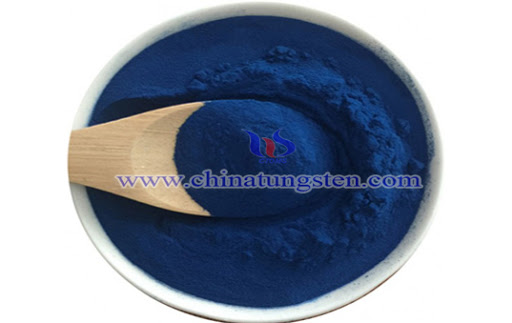Low-Temperature Hydrothermal Reduction of Ammonium Paratungstate
- Details
- Category: Tungsten Information
- Published on Tuesday, 10 November 2020 11:02
Ammonium paratungstate (APT), is an important starting material in tungsten industry. Through reduction of APT, produces most of the tungsten products, including tungsten trioxide, tungsten bronze, etc.
Hydrothermal synthesis is an important technique in solid state chemistry. It allows for the formation of novel compounds that cannot be formed by traditional high-temperature solid state reactions. APT reduces to ammonium tungsten bronze, (NH,)xWO, at 200°C in nonaqueous solvents. The tungsten trioxides and their alkalimetal-intercalation products Mx,W03+. have attracted considerable attention over the years because of the variety of crystalline structures they can take up and because of their electrochemical and electronic properties, which make them attractive as active electrodes in electrochromic displays and as electrocatalysts.

Thus, a low-temperature hydrothermal reduction of ammonium paratungstate has been conducted as following procedures:
In a 45-ml Parr acid digestion bomb filled to 70% of capacity with solvent and 3 g of APT. The solvents used were glacial acetic acid, ethylene glycol, and a 2 : 1 ethylene glycol/acetic acid mixture. The reaction were performed at 200°C for 5 days at autogenous pressure. Shorter reaction times did not lead to complete reduction of the product, and longer times did not improve the reduction. The dark blue product was filtered and washed with acetone, then stored in a glovebox under nitrogen. The compound rapidly oxidizes in air. The pressure of the acetic acid reaction is approximately 8 atm, whereas for ethylene glycol the pressure is slightly above 1 atm. X-ray powder diffraction was performed on a Rigaku Siemens diffractometer at 1” of 28/min, and lattice parameters were determined by least-squares analysis. The ammonia content was determined by Keldjal’s method. The amount of reduced tungsten(V) was determined by the method of Choain and Marion (5), in which Ag+ is reduced to silver metal by the reduced tungsten which is oxidized to W(V1). The silver metal is reacted with nitric acid and titrated with potassium thiocyanate.

In conclusion, the result show that ammonium tungsten bronze through the low temperature hydrothermal reduction of ammonium paratungstate. It also indicates that pressure affects the degree of reduction and as stated earlier glacial acetic acid heated at 200°C produces a vapor pressure of about 8 atm, whereas ethylene glycol produces no vapor pressure.
- APT Manufacturer & Supplier, Chinatungsten Online: ammonium-paratungstate.com
- Tungsten News & Prices of China Tungsten Industry Association: www.ctia.com.cn
- Molybdenum News & Price: news.molybdenum.com.cn
- Tel.: 86 592 5129696; Fax: 86 592 5129797; Email: sales@chinatungsten.com



 sales@chinatungsten.com
sales@chinatungsten.com